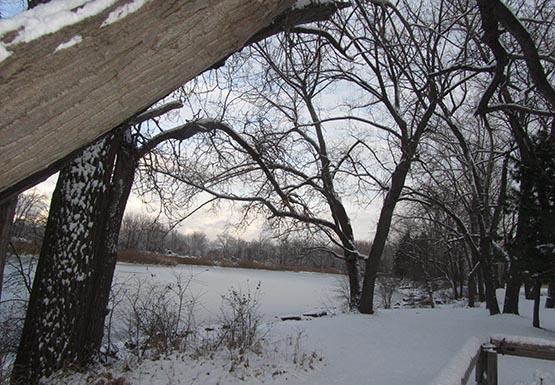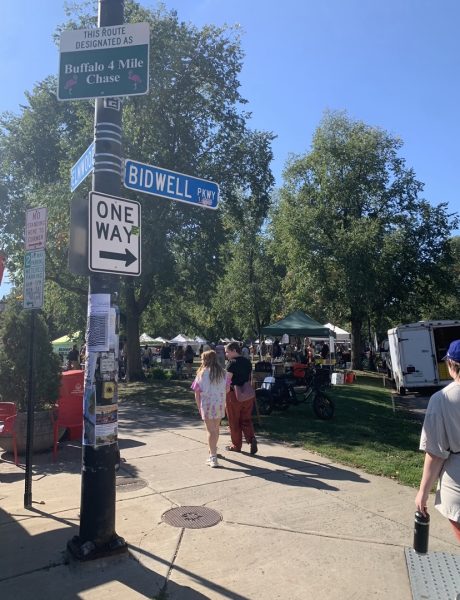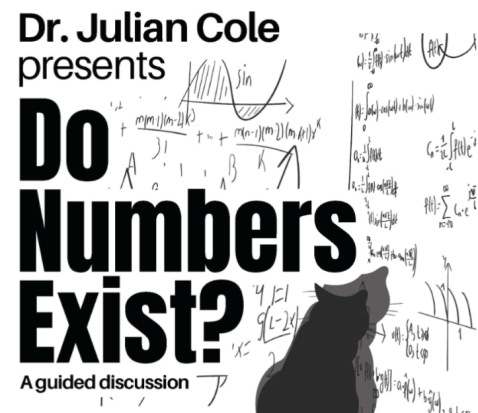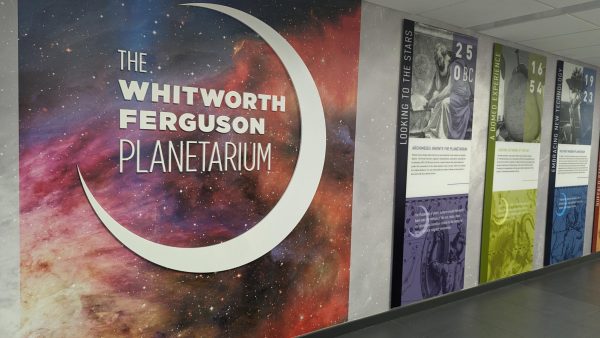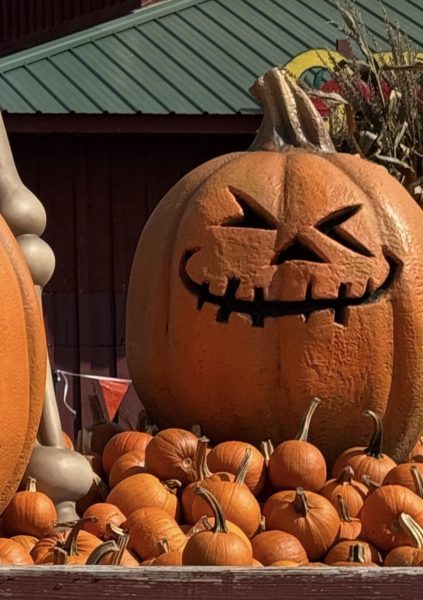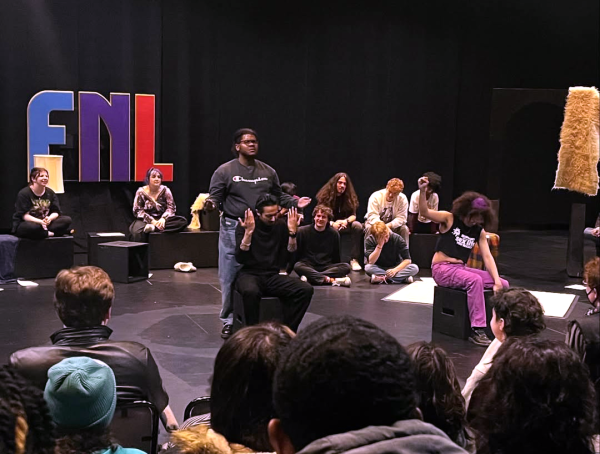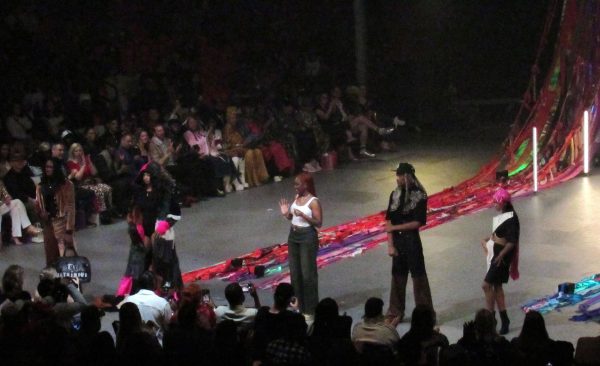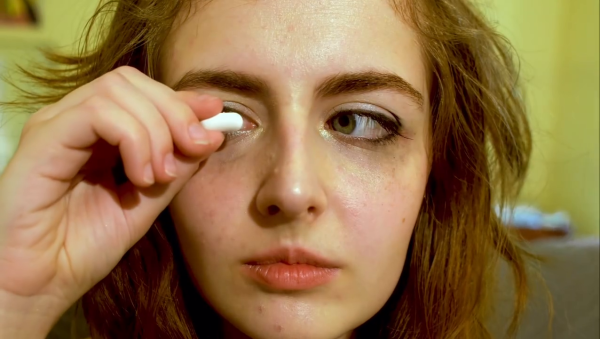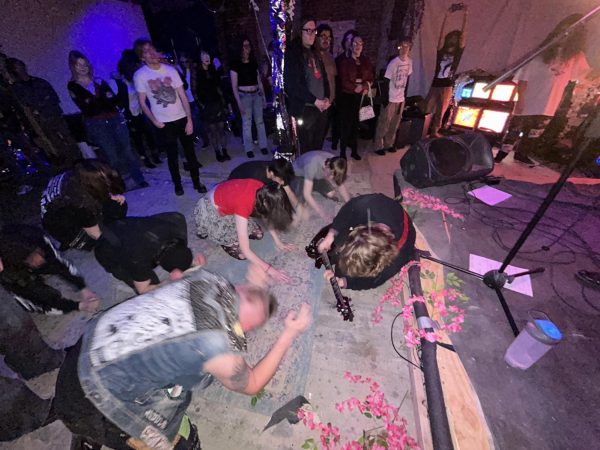Winter Solstice celebrations get locals back to nature
Holiday parties and online shopping. Pine trees and Christmas mass. Unwrapping presents and drinking eggnog. These are things usually associated with winter.
During this highly commercialized season where emphasis is placed upon religious holidays, some people are stepping away from the mainstream, at least for a bit.
Tifft Nature Preserve, located at 1200 Fuhrmann Blvd. in Buffalo, is celebrating the winter solstice with its annual Winter Solstice Walk. Participants will hit the trails on the shortest day of the year, Dec. 21, when the sun is farthest south in the Northern Hemisphere.
Lauren Makeyenko, experience manager for Tifft Nature Preserve, said Tifft usually plans a hike during at least one solstice and one equinox throughout the year. She believes the walk can be a way for people to escape the holiday season whirlwind.
“In the past we have said ‘Take a break from the holiday madness and go for a walk with us,’” she said. “I don’t think a lot of people take time to get outside during December.”
The walk starts off with the discussion of different celebrations around the world: historic, modern, religious and non-religious. The ancient Roman festival Saturnalia is among the historic celebrations discussed, which takes place on Dec. 17.
According to history and social studies education department chair Andrew Nicholls, Saturnalia was “kind of a forerunner to Christmas.” The purpose of Saturnalia is to honor the deity Saturn, the god of many things, namely agriculture.
Ancient celebrations of Saturnalia included sacrifice at the Temple of Saturn, a public banquet and masters providing table service for their servants. Nicholls said that before the Christian calendar, there would often be celebrations like this.
“In the west and in Northern Europe, prior to the arrival of Christianity and prior to Christianity really inserting itself into the calendar and really taking over the calendar, what we would refer to as pagan rituals dominated,” he said.
But religious holidays soon came into the picture, and it’s not hard to see why they aligned with the solstice. Makenyenko said that humans like when it’s sunny, and after the solstice, the light slowly and increasingly comes back.
“I think that the shift from celebrating the solstice was kind of focused more on religious holidays happening around this time,” she said.
Nicholls believes that the solstice celebrations and later holidays come from a sense of relief and looking to the year ahead.
“Celebrating that you’ve gotten through a harvest season and you’ve got things put away, but recognition that the tougher times are to come is probably that much more dramatic,” he said.
There will be another Western New York event that welcomes back the light. WNY Spiral Dance will hold its Spiral Dance Winter Solstice Concert at Ashbury Hall on Delaware Avenue on Dec. 13.
The event spotlights local vendors, Dragon Ritual Drummers and Spiral Dancers. According to the WNY Spiral Dance, the Spiral traditionally danced to celebrate the return of light after the winter solstice. It will be performed among drums and chants.
Tifft’s Winter Solstice event will last about an hour and a half, with the hike taking approximately only an hour. Makeyenko said that the hike will be no more than a mile. Although the discussions of different celebrations will take place, the event is overwhelmingly about getting back to nature.
“Basically because it’s getting back to the seasons,” Makeyenko said. “Especially in Western New York, because we have such a definitive change in seasons. Not a lot of people can experience all different types of weather. We need to embrace the winter — we live in Buffalo; embrace it.”
Email: [email protected]
Twitter: @WulffSamantha


